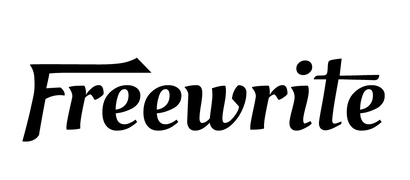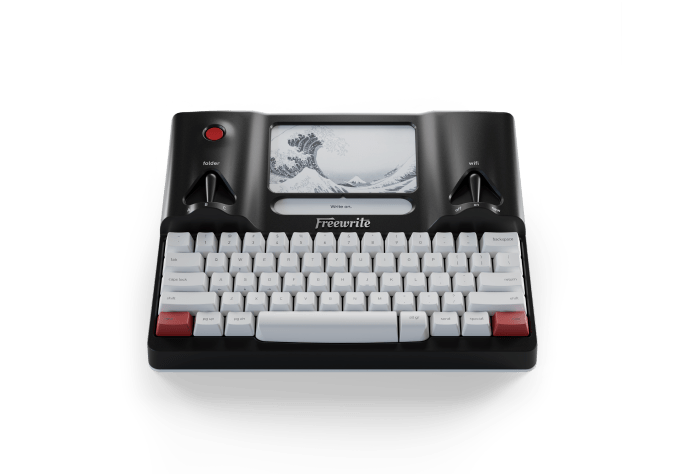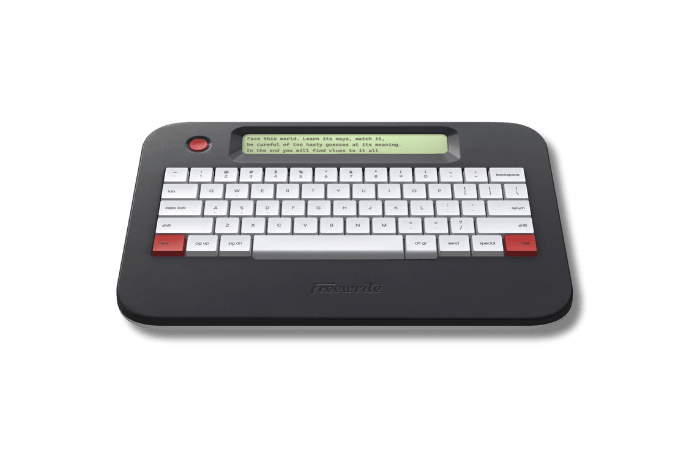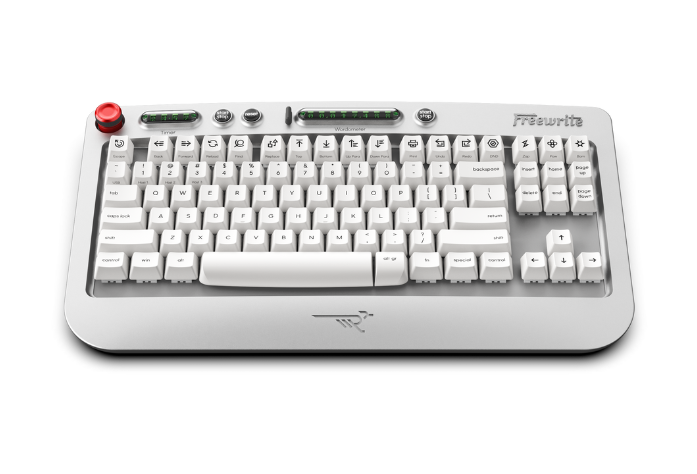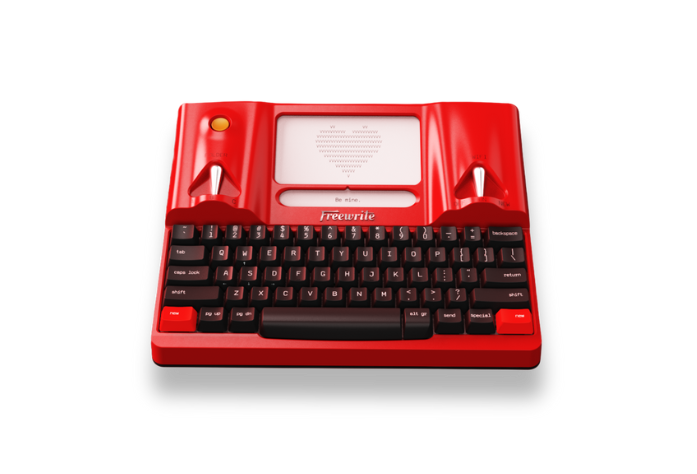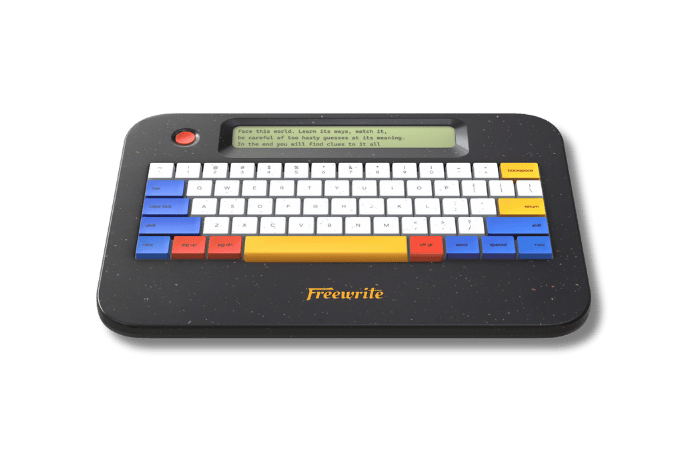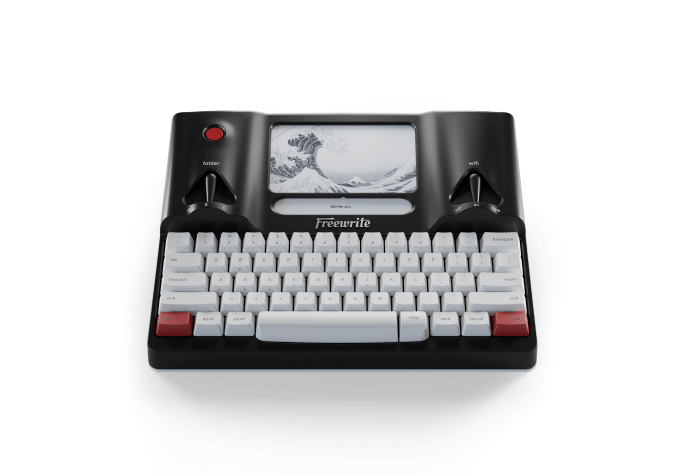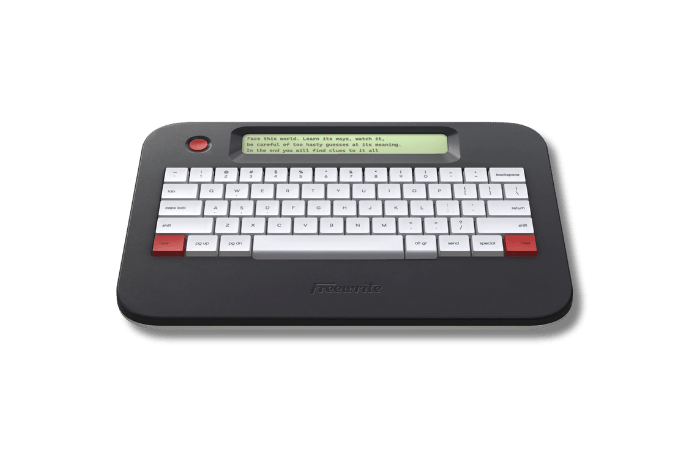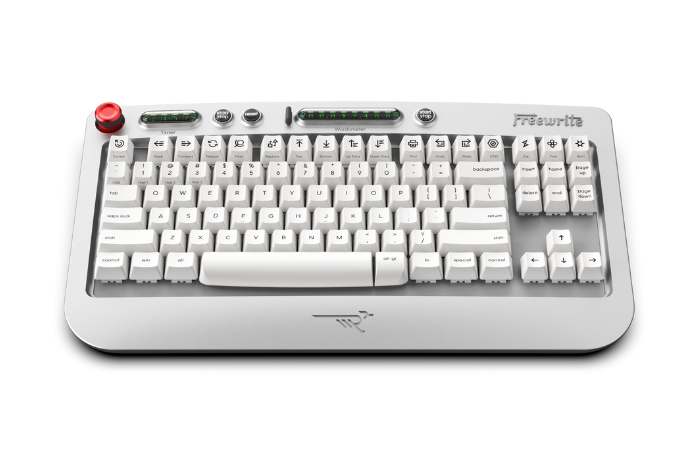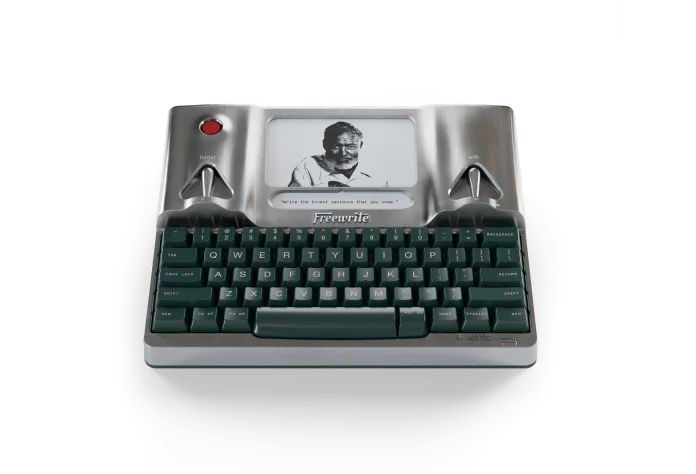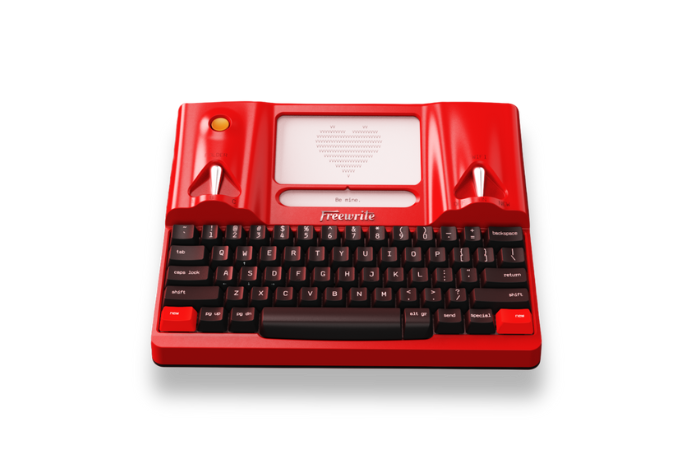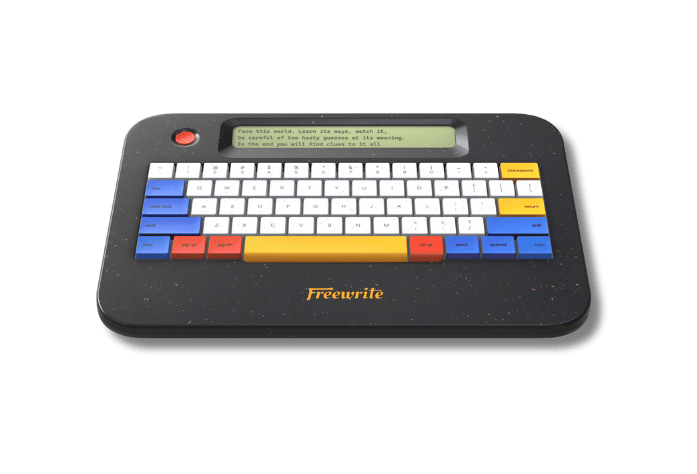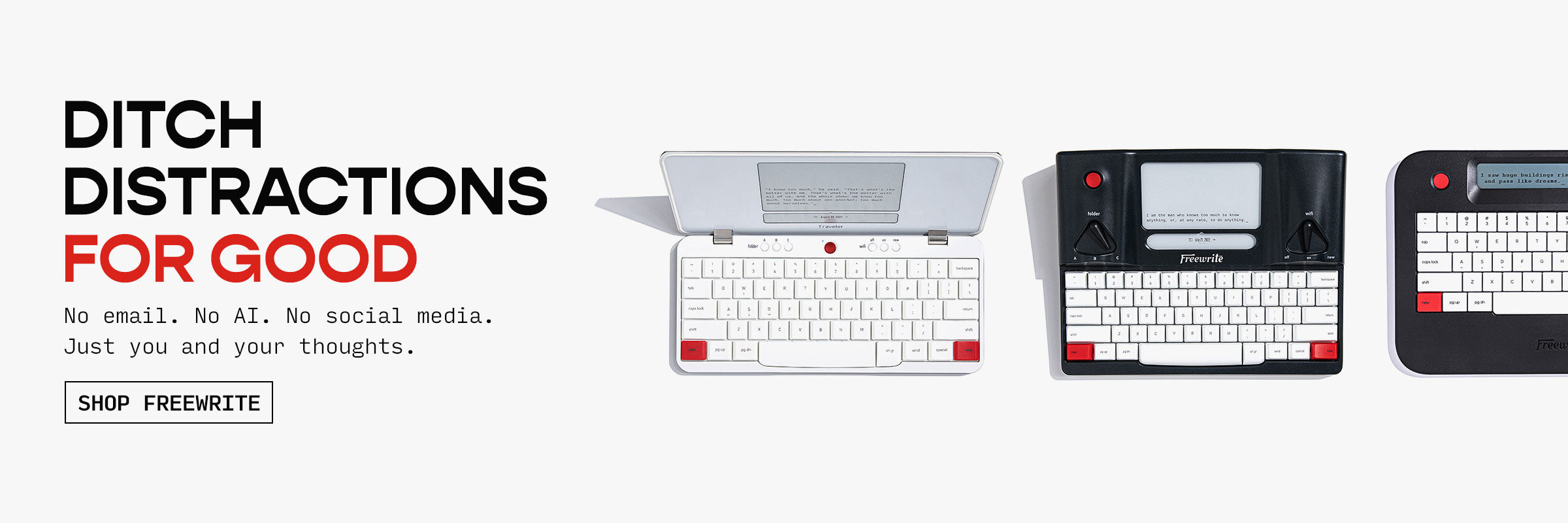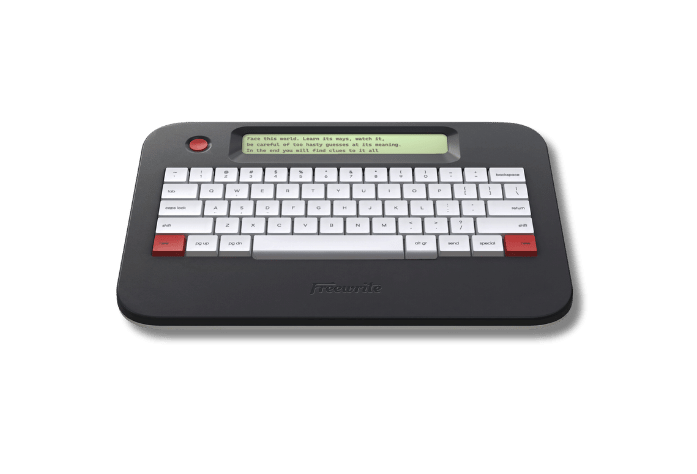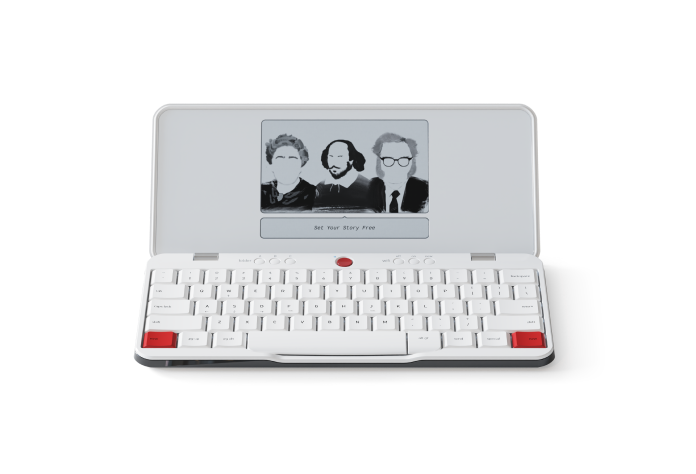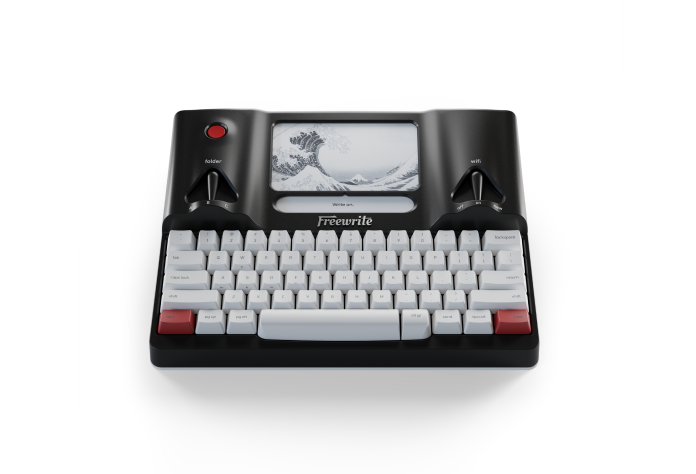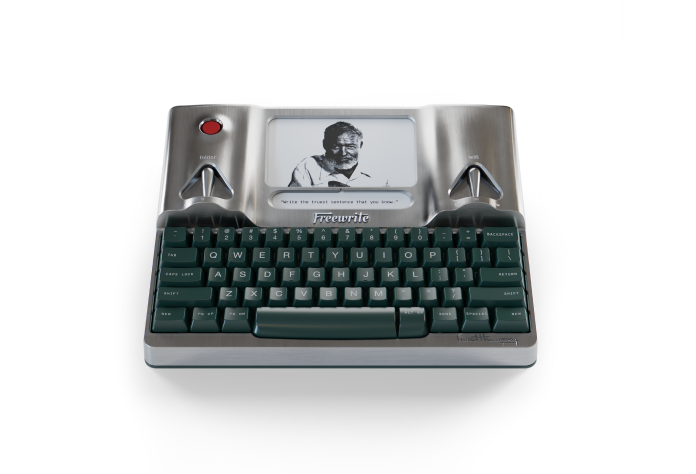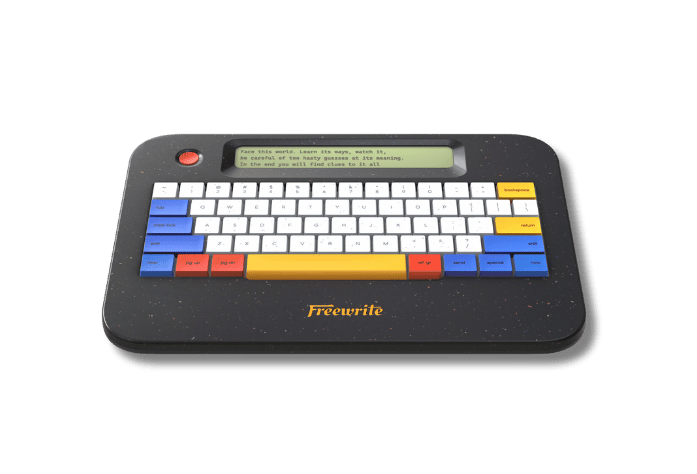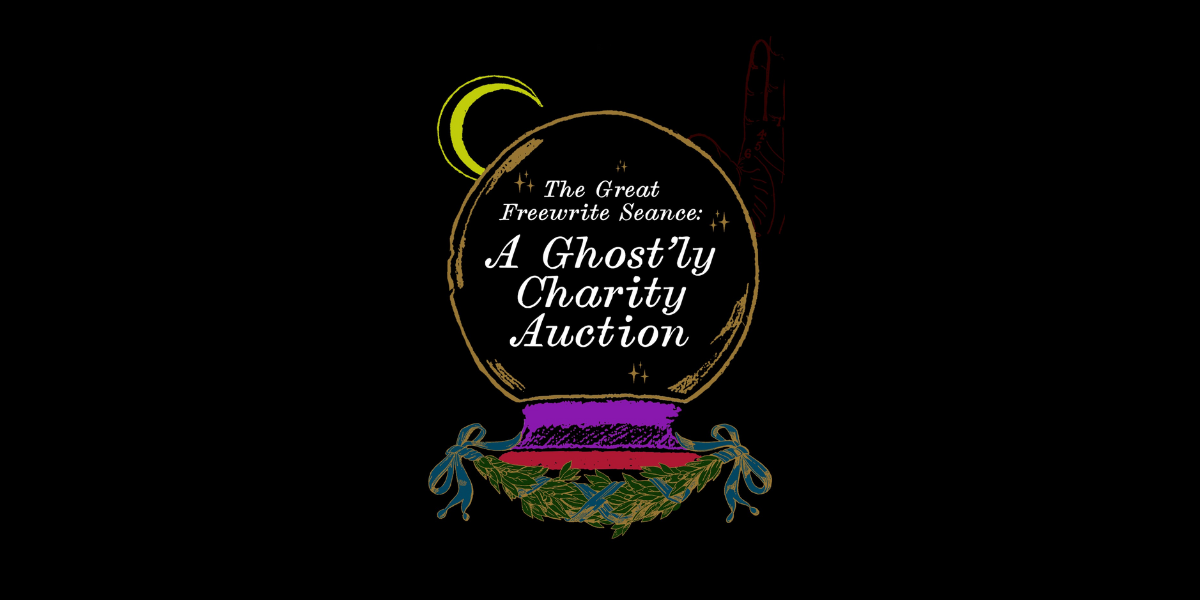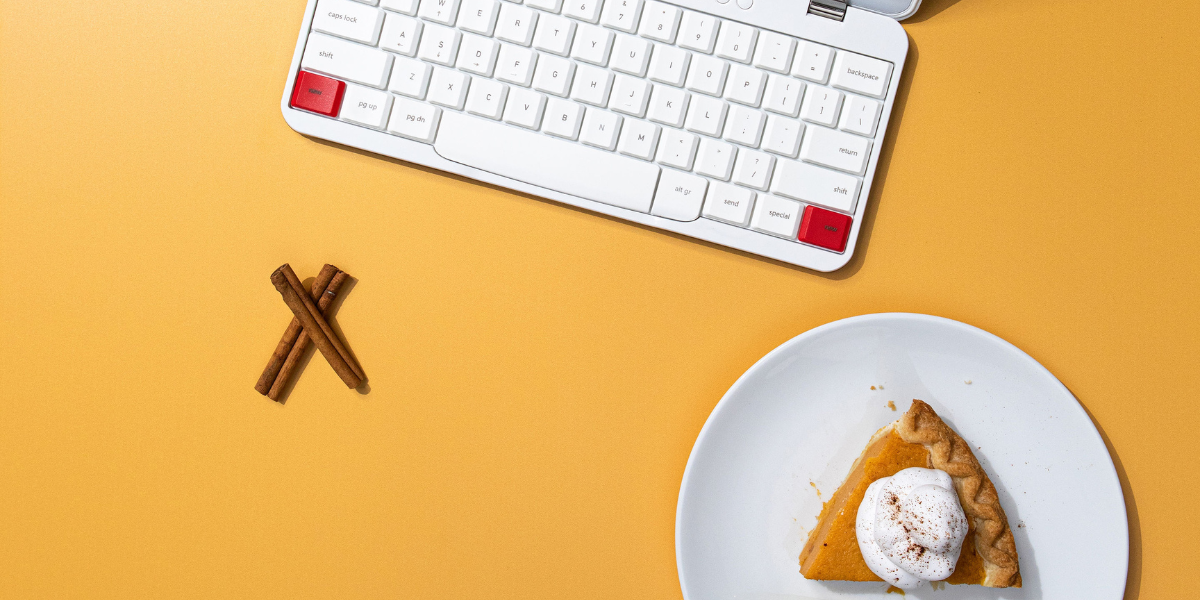Even during his lifetime, society regarded Ernest Hemingway as a larger-than-life writer. He felt immense pressure to live up to his exalted image, but for all his fame and brilliance, Hemingway was still, ultimately, a man.
Earlier this year, famous documentarians Ken Burns and Lynn Novick produced an in-depth, three-part film examining Hemingway’s life and legacy. Burns and Novick interview special guests, including plenty of Hemingway historians, and contextualize excerpts from his iconic novels, short stories, and non-fiction.
The series follows three chapters of Hemingway’s life:
1. A Writer (1899-1929)
Hemingway’s time as a Red Cross volunteer in World War I is well known, but this section also brings to light lesser-known aspects of Hemingway’s early life. He had a turbulent relationship with his parents, especially his mother. She dressed him and his sister in the same clothing and grew Hemingway’s hair long so the two could appear as twins—an experience that likely inspired Hemingway’s later fascination with androgyny.
His mother also forced him to play the cello, and later in life Hemingway admitted that the music lessons contributed to his writing style.
This section peeks into other influences on his writing, such as his stint in journalism and interaction with the Lost Generation writers in Paris. Even at a young age, Hemingway was challenging the popular unspoken “rules” of writing.
2. The Avatar (1929-1944)
At this point, Hemingway’s first wife, Hadley, had left him, the first in a string of failed romantic relationships. He married his second wife, Pauline, but the same pattern arose—he became restless—and he began an affair with Martha Gellhorn as he reported on the Spanish Civil War.
In this stage, Hemingway had achieved fame on a level rare for any writer of this time. His most famous novel, For Whom the Bell Tolls,sold half a million copies within nine months and was nominated for a Pulitzer Prize.
3. The Blank Page (1944-1961)
This era of Hemingway’s life is marked by tragedies. After meeting and becoming infatuated with Mary Welsh, he suffered a concussion from a car accident, just one in a series of traumatic head injuries that would never leave his mind the same. He divorced Martha Gellhorn and married Mary, and the Hemingway family proceeded to suffer a string of accidents and health problems.
Hemingway wrote The Old Man and the Seain eight weeks and won the Pulitzer Prize. Two years (and two nearly fatal plane crashes) later, he received the Nobel Prize in Literature.
Explore Hemingway’s complex life through Burns’ and Novick’s documentary—the total runtime is six hours, so definitely watch part by part—and come out of the experience with a nuanced understanding of the Hemingway legend.
-
